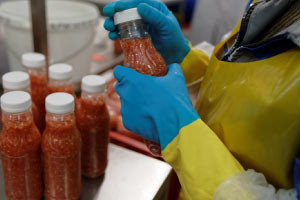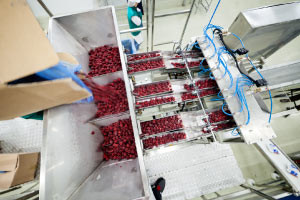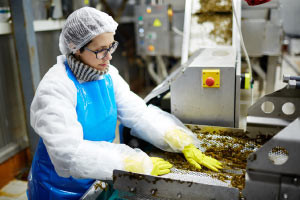Description
The United Nations predicts that by 2050, there will be 9-10 billion people on the planet. Providing nutritious foods to so many people is a massive challenge that cannot be met simply by scaling up current food production and consumption practises. The provision of nutritious food to humanity is at the heart of all decisions concerning sustainable development.
Agriculture is responsible for approximately 80% of global deforestation. Food systems are responsible for 29 percent of global greenhouse gas emissions. We use an area the size of North and South America combined to produce meat for human consumption or the food required to feed the animals we eat. Agriculture accounts for 70% of all fresh water use. These figures are staggering, and they demonstrate the need for us to rethink and transform the way we produce, distribute, and consume food around the world.
This course focuses on how to make food systems more sustainable. It is divided into four modules, each of which focuses on a key component in the development of more sustainable food systems: (1) Increasing the small, (2) Transforming the large, (3) Losing less, and (4) Eating smarter. In each of these key areas, we will meet people from all over the world who work every day to find and spread effective solutions.
Connecting the challenges that must be overcome in order to develop a sustainable global food system with the solutions being developed by the incredible group of people you will meet in this course has been a huge source of inspiration for me. I truly believe that the global food system can be transformed to meet the needs of 9-10 billion people in a sustainable manner, and with this course, I dare you to join me!
Syllabus :
1. Introduction to the Global Food System
- This first module is an introduction to the challenges facing society when we talk about the global food system. The Doughnut Economics and Planetary Boundaries frameworks are presented and the crucial role of the global food system described. Four areas of intervention in terms of transforming the global food system are identified. In addition, the four “levers” or “tools” identified in the UN 2019 Global Sustainable Development Report that society has at its disposal to transform the global food system are presented: Technology, Governance, Finance and Behavioral Change. These levers are all further developed in the following modules.
2. Boosting the Small
- Increasing know-how
- Natural nitrogen fixation
- Better access to finance
- Sharing economy
- A more fair trade system
3. Transforming the big
- Goal-based planning
- Sustainable soils
- Closed-system farming
4. Losing less
- Transport and storage
- Connecting producers and consumers
- Resilience
5. Eating Smarter
- Replacing meat
- Changing habits
- Citizen-driven transformation
- Improving aquaculture
6. Conclusion: What does transformation really mean?
- The Finale. In this module, we examine what it would mean for the global food system if the potentials identified through Boosting the Small, Transforming the Big, Losing Less, and Eating Smarter were to be combined. The module argues that it is possible to develop a global food system that can meet the nutritional needs of 9-10 billion people without destroying the environment and while keeping global warming within the 1.5 - 2 degrees Celcius guardrail identified in the Paris Agreement. Doing so will, however, require a strong focus on transforming the global food system.









